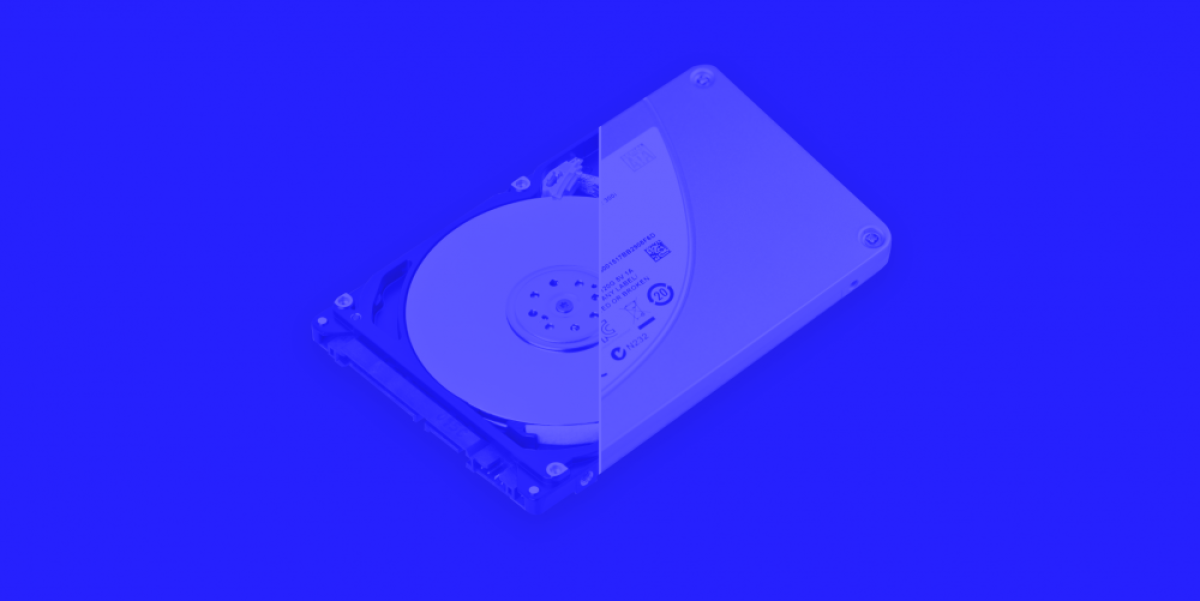
 Cart
Cart 


In today’s world of business, data is multiplying at an intense rate. Hence, the amount of data that a data center needs to store has increased tremendously. The rapid growth of multimedia content has turned archiving and storage into a major concern and data centers are rapidly transitioning to fit the big data storage requirements. The technologies in storage device differ in terms of performance, capacity, reliability, and cost. Solid State Drives (SSD) and Hard Disk Drives (HDD) are leading the data center storage technologies. If you are provisioning a data center or looking for storage solutions, you should choose whether to utilize a solid-state drive (SSD) or a hard disk drive (HDD).
What are HDDs and SSDs?
Hard Disk Drives(HDD) store data magnetically on spinning platters whereas Solid State Drive(SSD) store data electronically on semiconductor circuits. SSD stores data even when powered down as they deploy non-volatile NAND flash memory as their storage medium. This aspect has fundamentally increased the usage of SSD over HDD. However SSD does not hold an edge in all angles, hence before choosing SSD or HDD, it’s vital to access the features of both storage solutions individually.
In this article let’s explore how SSDs and HDD differ in terms of performance, speed, cost etc
SSD Over HDD in Performance
The two storage mediums differ largely by “Speed”. SSD can achieve a performance level that is up to 3 times greater than HDDs. HDD platter disks can read and write data at the rate of 50-120MB/s whereas SSD’s flash drives can read and write data at a rate of 200-500MB/s. The performance matters in applications which require high performance and when fast booting is required.
SSD store data electronically whereas HDD requires a mechanical interface to store data and this makes SSD faster. SSD’s do not suffer from fragmentation problems and do not produce noise or vibrations like HDD’s. Power drawn by SSD and boot up time is comparatively less than HDD.
Mentioned below are the benefits of SSD that particularly apply to data centers
HDD Wins In Capacity And Cost
When considering the capacity, regular hard drives have an edge over SSD. HDDs in huge capacities are a normal occurrence and HDDs below 500GB are becoming rare. Even though SSDs offer a number of performance benefits, they stay behind HDDs when considering the inexpensive mass storage capability.
SSD’s are much more expensive than HDD’s. An estimated research reveals that SSDs are roughly 7.5 times more expensive than HDDs per bit. For instance, You will be paying $100 for an HDD with a capacity of 1TB 2.5 inch drive, whereas you will be paying $900 for SDD with the same capacity which is roughly a 9 times greater than HDD.
How to Choose?
Here are some tips to choose which storage medium is best for you
Conclusion
Even though SSDs stand out with several advantages. HDDs still has a strong edge in terms of cost and capacity. Although SSDs cannot overtake the benefit of HDDs in cost, SSD facilitates intriguing implementation in data centers. Most of the companies use both rather than relying on one technology. SSD’s are employed when faster data read/write speeds are necessary and rely on HDDs when performance don’t matter as they are cheaper with wide storage capacity. It’s better to opt for a balance in the data center rather than looking into the dominance of the technology advancements.
